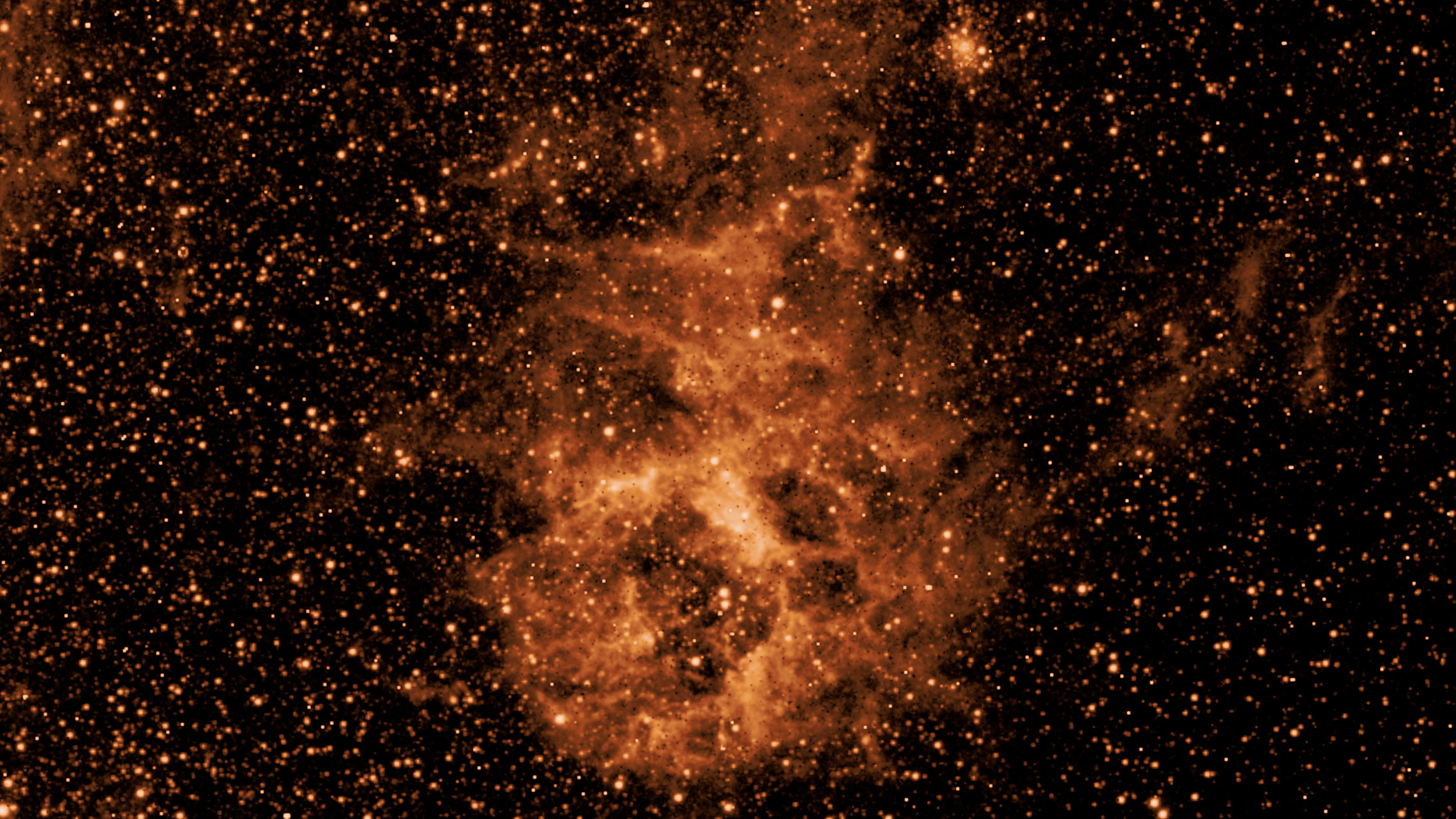Now Reading: NASA’s SPHEREx Telescope Embarks on Mission to Map the Entire Sky
-
01
NASA’s SPHEREx Telescope Embarks on Mission to Map the Entire Sky
NASA’s SPHEREx Telescope Embarks on Mission to Map the Entire Sky

Quick Summary
- NASA’s SPHEREx space observatory, launched on March 11, has started its science mission to map the entire sky in unprecedented detail.
- Over the next two years, it will capture approximately 3,600 images daily. A total of four all-sky maps will be created using spectroscopy techniques across 102 infrared wavelengths.
- The mission aims to study cosmic inflation after the Big Bang and analyze interstellar materials such as water and life-forming compounds in the milky Way.
- SPHEREx’s operation involves over 9 million observations and uses reaction wheels for orientation rather of thrusters, ensuring stability while mapping galaxies in 3D.
- The data collected will be made publicly available via NASA-IPAC Infrared Science Archive for future scientific research globally.
Indian Opinion Analysis
The SPHEREx mission is a notable step forward in astrophysics and coudl profoundly deepen understanding about cosmic events like inflation after the Big Bang. While India is not directly involved in this specific venture, this global progress represents an opportunity for knowledge transfer that can strengthen India’s scientific collaborations and aspirations within space exploration domains like ISRO’s ongoing work with advanced satellites or missions such as Aditya-L1 aimed at solar studies. India’s active participation or adaptation of similar techniques may bolster its position globally among nations contributing transformative science missions concerning universe exploration.



























